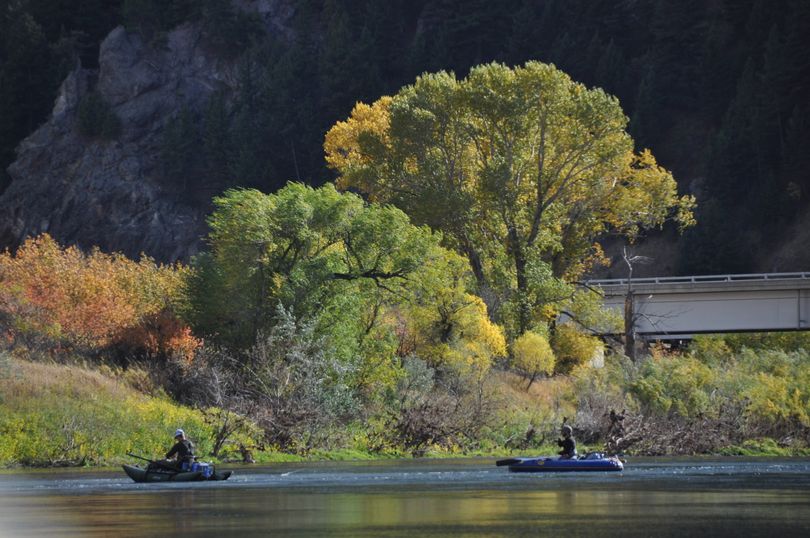Report: Montana’s outdoors brought economic boost in 2016

Montana’s mountains, rivers, lakes, wildlife and national parks are a bigger and bigger draw, according to the university’s Institute for Tourism and Recreation Research.
Norma Nickerson, the institute’s director, says the owners of Montana tourism-dependent business expect even more business this year.
Federal and state public lands play a large role in the scenery that attracts tourism to Montana, as do large working ranches that keep the landscape open and less susceptible to scattered trophy second homes.
The Missoulian reports that nearly 70 percent of the 4.2 million people who visited Yellowstone National Park last year came through Montana.
Glacier National Park had nearly 3 million visitors in 2016, up a third from 2012. Surveys suggest visitor satisfaction is high at Glacier despite overcrowding, Nickerson said.
Montana tourism took an estimated $500,000 hit when the Yellowstone River was closed in August due to the deaths of thousands of fish from a parasite, Nickerson said.
Known as PKX, the parasite was blamed in the deaths of tens of thousands of whitefish in the Yellowstone last summer, prompting a weekslong closure of the popular river. Authorities say the parasite has been detected in 10 Montana rivers, though only the Yellowstone had a documented fish kill.
Nickerson also warned that invasive mussels pose a threat to Montana waterways. The mussels have been found in the Tiber Reservoir, Glacier National Park, Canyon Ferry Reservoir and the Blackfeet Reservation.
“Once you have mussels in a waterway, you won’t get rid of them,” she said.
Montana officials are searching for ways to fund a proposed two-year plan to combat the spread of invasive mussels in the state’s waters. The invasive mussels rapidly multiply and can damage beaches, clog boat motors and dams, harm fish and wildlife and damage infrastructure.
